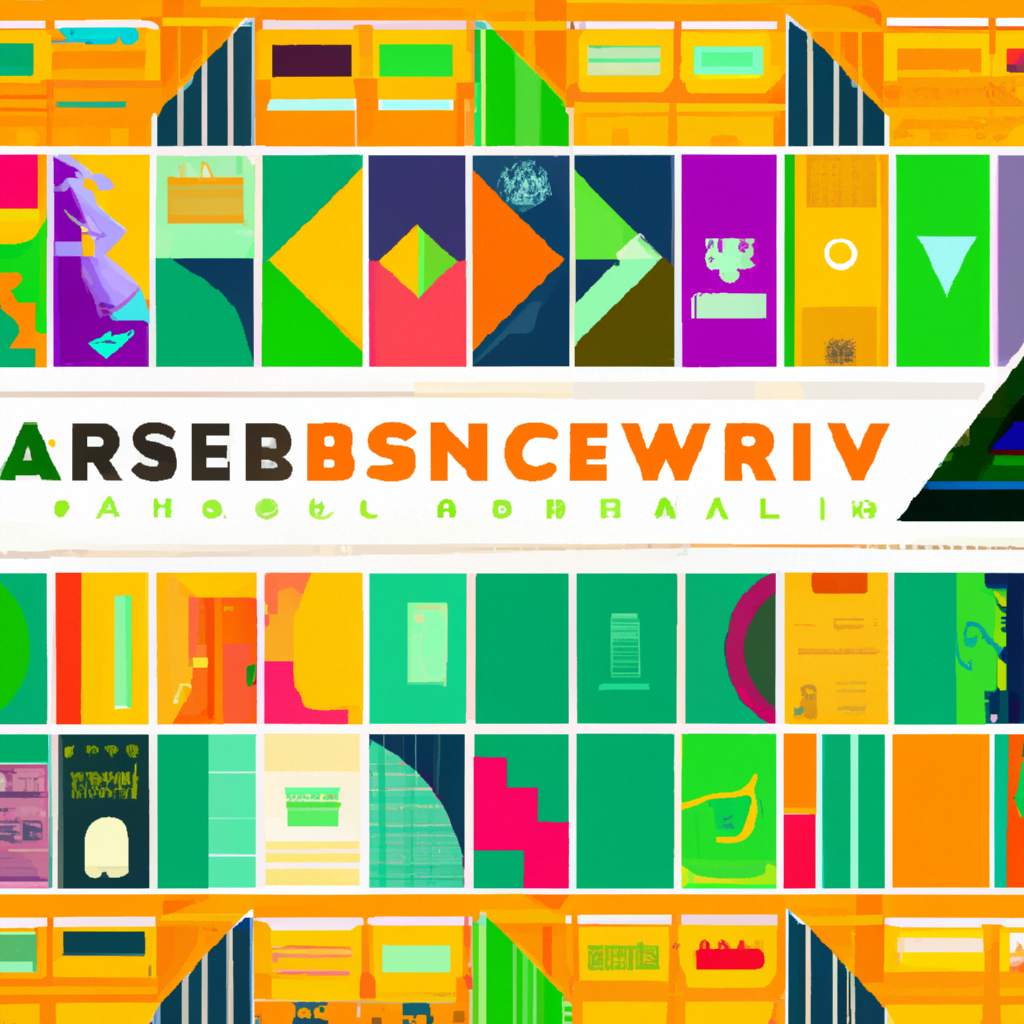In the creative world of illustration, understanding the use of layers and artboards in Adobe Illustrator is essential for bringing your designs to life. Layers allow you to organize and manipulate different elements of your artwork, while artboards provide a canvas for creating multiple compositions within a single file. By utilizing these powerful features, you can efficiently work on complex projects, experiment with different compositions, and streamline your design process. In this article, we will explore the fundamentals of using layers and artboards in Illustrator, giving you the tools you need to take your illustrations to the next level. So, let’s dive in and unlock the full potential of this versatile software.
Understanding Layers in Illustrator
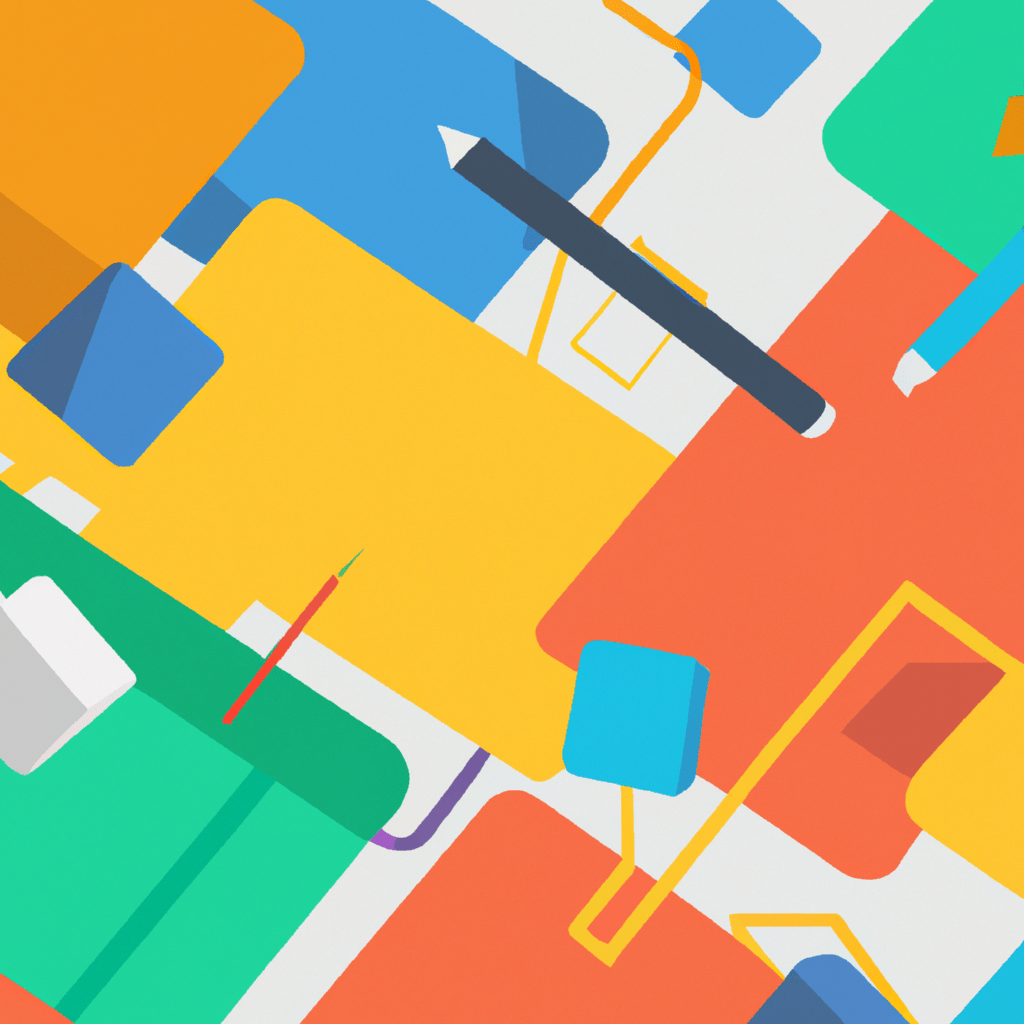
Introduction to layers
Layers play a crucial role in organizing and managing your artwork in Adobe Illustrator. They allow you to separate different parts of your design, making it easier to work on individual elements. By utilizing layers, you can easily edit, rearrange, and apply effects to specific parts of your artwork without affecting the rest. Think of layers as transparent sheets stacked on top of each other, where each sheet contains different elements of your design.
Creating and organizing layers
In Illustrator, you can create new layers by clicking on the “New Layer” button in the Layers panel. This will create a new layer above the currently selected one. You can also use the shortcut Control+L (Command+L on Mac) to create a new layer. To organize your layers, you can group them by selecting multiple layers and clicking on the folder icon in the Layers panel. This helps keep your artwork tidy and makes it easier to manage complex designs.
Nesting layers
Nesting layers allows you to create hierarchical structures within your artwork. It’s similar to creating folders within folders to organize files on your computer. You can nest layers by dragging and dropping them onto another layer in the Layers panel. This can be particularly helpful when working on intricate designs with multiple elements. By nesting layers, you can easily hide or show entire sections of your artwork with a single click.
Renaming and rearranging layers
To keep your workflow organized, it’s important to give meaningful names to your layers. This makes it easier to identify and select specific elements in your design. To rename a layer, simply double-click on its name in the Layers panel and type in a new name. You can also rearrange layers by dragging and dropping them to a new position in the panel. This allows you to control the stacking order of your elements and determine which ones appear in front or behind others.
Locking and hiding layers
Locking and hiding layers are useful features in Illustrator that can prevent accidental edits or make it easier to focus on specific parts of your design. You can lock a layer by clicking on the lock icon next to its name in the Layers panel. This prevents any changes from being made to the objects on that layer. Hiding a layer, on the other hand, allows you to temporarily remove it from view without deleting it. This can be done by clicking on the eye icon next to the layer’s name.
Applying layer effects
Layer effects, also known as blending modes and opacity settings, allow you to apply various visual effects to your layers. Blending modes control how different layers interact with each other, while opacity settings determine the transparency of a layer. By experimenting with different blending modes and opacity levels, you can create unique and visually appealing effects in your artwork. These effects can be accessed in the Transparency panel and can be applied to individual layers or groups of layers.
Working with Artboards in Illustrator
Introduction to artboards
Artboards in Illustrator are like virtual canvases where you can create and work on your designs. They represent the printable or exportable areas of your artwork. When you create a new document in Illustrator, it automatically comes with a default artboard. However, you can add multiple artboards to a single document, allowing you to work on different designs or variations within the same file.
Creating and deleting artboards
To create a new artboard, simply go to the Artboard panel and click on the “New Artboard” button. This will add a new artboard based on the size and positioning settings specified in the panel. You can also duplicate an existing artboard by selecting it and clicking on the “Duplicate Artboard” button. To delete an artboard, select it and click on the trash can icon in the Artboard panel.
Arranging and resizing artboards
Artboards can be rearranged by dragging and dropping them in the Artboard panel. This allows you to change the order in which they appear and determine their placement within the document. You can also resize artboards by selecting them and adjusting the dimensions in the Artboard panel. This is particularly useful when you need to create custom-sized artboards for specific design requirements.
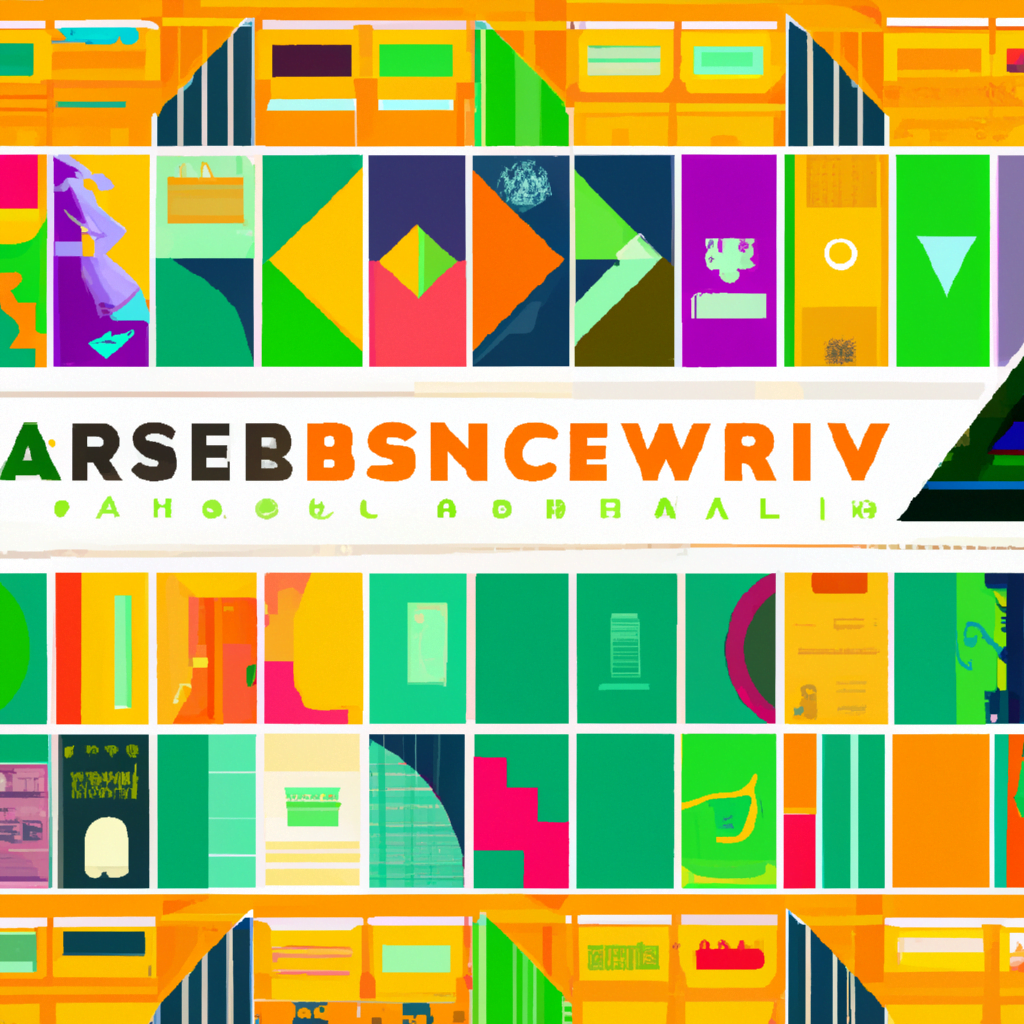
Using multiple artboards for different designs
One of the advantages of using artboards in Illustrator is the ability to work on multiple designs within the same document. This can be especially helpful when creating variations of a design, such as different color schemes or layout options. By using multiple artboards, you can easily switch between different versions of your design without the need to open separate files.
Artboard settings and options
In addition to size and positioning, artboards in Illustrator offer a range of settings and options that can be customized to suit your specific needs. These include options for ruler units, grids and guides, and even custom artboard shapes. By exploring and adjusting these settings, you can optimize your workflow and create designs that align with your intended output.
Utilizing Layer Panel Features
Layer opacity and blending modes
The Layer panel in Illustrator provides various features to enhance the visual appearance of your artwork. One such feature is layer opacity, which allows you to control the transparency of individual layers. By adjusting the opacity, you can create subtle or dramatic effects by blending multiple layers together. Additionally, the Layer panel also provides blending modes that define how the colors and tones of different layers interact with each other.
Creating clipping masks
Clipping masks are a powerful tool that allows you to control the visibility of objects based on the shape of another object. With the Layer panel, you can easily create clipping masks by selecting the object you want to use as a mask and the object(s) you want to be clipped. By right-clicking and selecting “Create Clipping Mask” or using the shortcut Control+7 (Command+7 on Mac), you can quickly create complex designs with precise masking.
Using the appearance panel
The Appearance panel in Illustrator enables you to apply various effects and attributes to your layers. It allows you to customize the appearance of objects without altering their original properties. By selecting a layer and accessing the Appearance panel, you can experiment with stroke and fill options, add effects such as drop shadows or gradients, and even apply multiple appearances to a single object.
Layer panel shortcuts
To speed up your workflow and navigate through the Layer panel more efficiently, Illustrator offers a range of shortcuts. For example, pressing the right arrow key on your keyboard allows you to select the layer below the currently selected one, while the left arrow key selects the layer above. The up and down arrow keys can be used to move layers within a group. These shortcuts can save you valuable time when working with complex layer structures.
Managing Layers Efficiently
Grouping and ungrouping layers
Grouping layers is an effective way to keep your artwork organized and manageable. By selecting multiple layers and right-clicking, you can choose to group them together. This allows you to collapse the group, making it easier to focus on other parts of your design. Conversely, if you want to separate layers within a group, you can right-click and select “Ungroup.” This restores the individual layers and allows you to work on them independently.
Expanding and collapsing layer groups
Sometimes, you may have complex layer structures that make it challenging to navigate through your artwork. Illustrator provides a convenient solution by allowing you to expand and collapse layer groups. By clicking on the triangle icon next to a group in the Layers panel, you can expand or collapse the group, revealing or hiding the layers within it. This feature helps you to better organize your layers and access specific elements with ease.
Using layer comps
Layer comps, short for layer compositions, are a powerful feature in Illustrator that allow you to save and manage different visual states of your artwork. For example, you can create layer comps to represent various design iterations, color variations, or layout options. By saving different layer comps, you can quickly switch between different views of your artwork without manually turning layers on or off. This makes it easier to present and compare different design options.
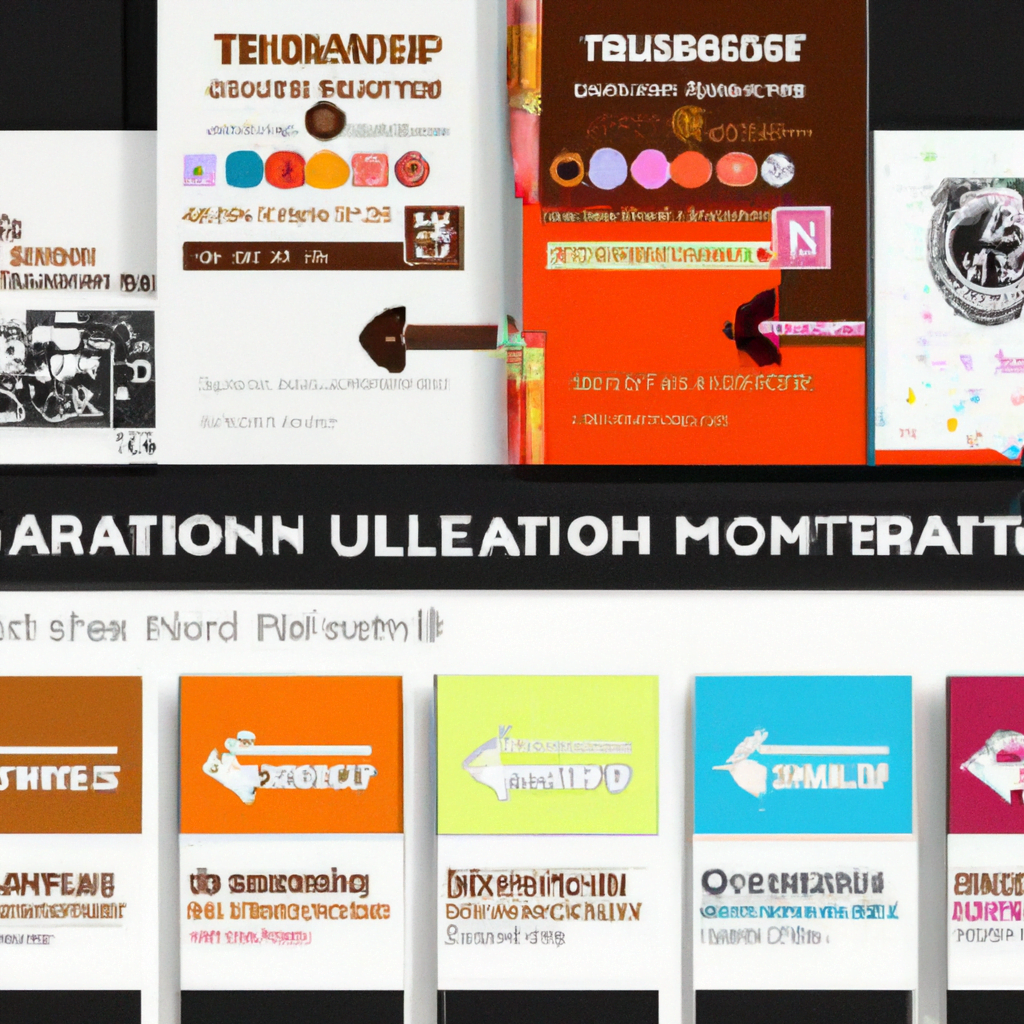
Merging and flattening layers
Sometimes, you may want to merge or flatten layers in order to simplify your artwork or prepare it for output. Merging layers combines selected layers into a single layer, while flattening layers reduces the artwork to a single layer by removing transparency and blending modes. This can be done by selecting the desired layers and right-clicking in the Layers panel. It’s important to note that merging or flattening layers is a non-reversible process, so it’s always a good idea to save a backup of your artwork before making any changes.
Advanced Layer Techniques
Isolating layers
In complex designs, you may encounter situations where you need to isolate a specific layer to focus on it. Illustrator allows you to isolate layers so that only the selected layer and its sublayers are visible, while the rest of the artwork is temporarily hidden. This can be done by selecting the desired layer and choosing “Isolate Selected Layers” from the Layers panel menu. Isolating layers helps you work on intricate details without distractions from other elements in your design.
Adjusting layer opacity with the opacity mask
The opacity mask feature in Illustrator enables you to control the transparency of individual layers or objects within a layer. By creating an opacity mask, you can define the areas where the layer or object should be transparent and where it should be opaque. This gives you precise control over how different elements blend and interact with each other. Opacity masks can be created by selecting the desired layer or object, and then using the Transparency panel to define the mask.
Working with layer masks
Layer masks are a powerful tool for non-destructive editing in Illustrator. They allow you to hide or reveal specific portions of a layer without permanently altering the underlying artwork. By creating a layer mask, you can paint in black or white to hide or reveal parts of the layer respectively. This provides flexibility in editing and allows you to experiment with different effects and modifications. Layer masks can be created by selecting the layer and clicking on the “Add Layer Mask” button at the bottom of the Layers panel.
Creating knockout layers
Knockout layers in Illustrator are layers that reveal the content of underlying layers while hiding their own areas of overlap. This can be useful when you want to create cutouts or windows in your design. By selecting the desired layer and enabling the “Knockout Group” option in the Transparency panel, you can achieve the knockout effect. This way, the content of the knockout layer becomes transparent, showing the content of the layers beneath, wherever they intersect.
Exploring Artboard Options
Artboard presets and sizes
When creating a new artboard in Illustrator, you have the option to choose from a range of presets and sizes. These presets are designed to match common print and screen dimensions, making it easier to start your design with the appropriate canvas size. However, you can also enter custom dimensions to create artboards tailored to your specific needs. The artboard presets and sizes can be accessed through the Artboard panel or by clicking on the “New Artboard” button.
Customizing artboard settings
Artboard settings in Illustrator can be customized to match your desired output and design preferences. These settings include options for ruler units, grids, and guides, as well as the ability to show or hide certain elements such as the artboard border or center marks. By exploring and adjusting these settings, you can create a workspace that is efficient and tailored to your specific design requirements.
Using rulers, guides, and grids
Rulers, guides, and grids are essential tools for precise alignment and positioning in Illustrator. Rulers provide measurements along the edges of your artboard, while guides allow you to create non-printing lines that help you align objects. Grids, on the other hand, provide a set of evenly spaced horizontal and vertical lines that assist in creating symmetrical and structured designs. By enabling and customizing these tools, you can ensure accurate placement and alignment of your design elements.
Creating custom artboard shapes
In addition to standard rectangular or square artboards, Illustrator also allows you to create custom artboard shapes. This feature is particularly useful when working on designs that require non-standard or irregular shapes. To create a custom artboard shape, select the desired artboard and use the Direct Selection tool or the shape tools to modify its boundaries. This way, you can create artboards that complement the shapes of your designs, adding a unique touch to your artwork.
Artboard Navigation and Management
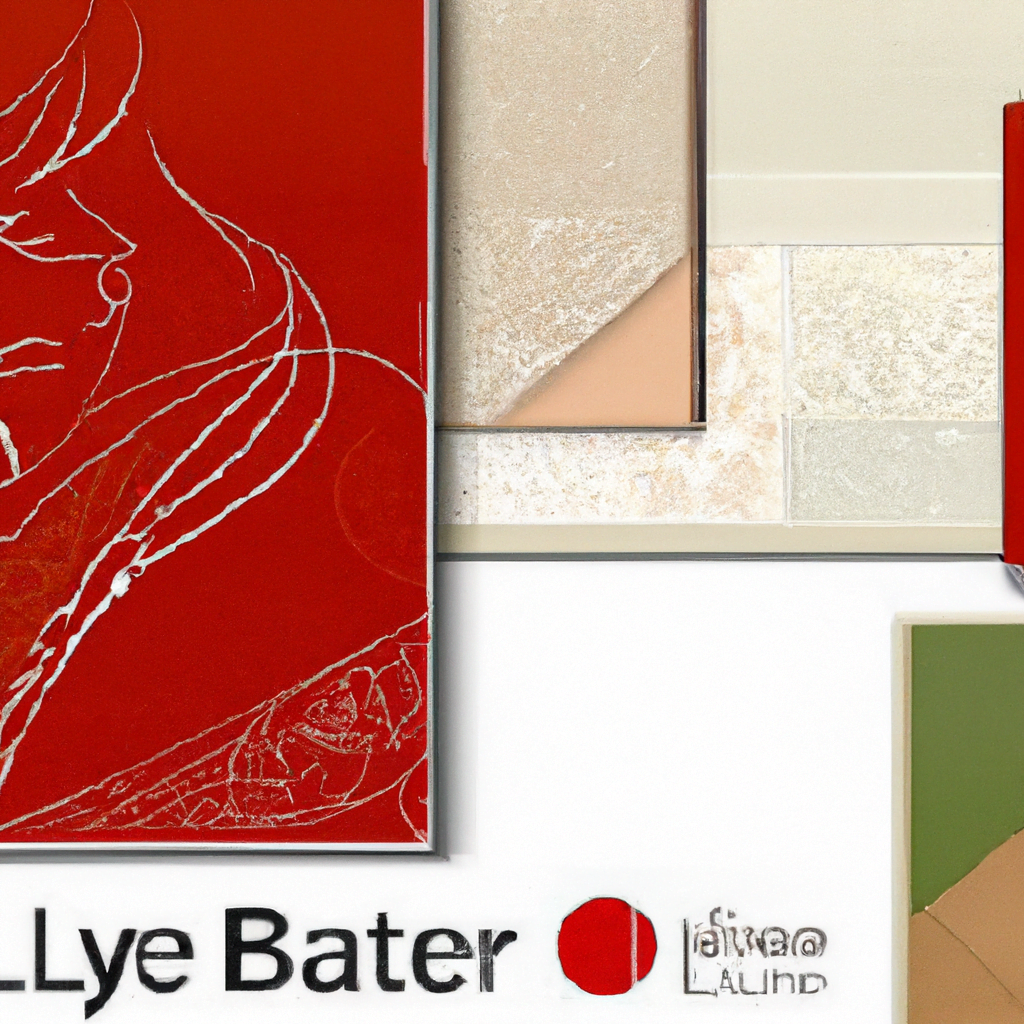
Zooming and panning artboards
When working on detailed designs, it’s important to be able to zoom in and out of your artboards to achieve precise control. Illustrator provides various methods for zooming, including using keyboard shortcuts, the Zoom tool, or the Navigator panel. You can also pan across your artboards by using the Hand tool or holding the spacebar and dragging with the mouse. These navigation techniques help you focus on specific areas of your artwork and ensure accurate placement of objects.
Navigating between multiple artboards
If your Illustrator document contains multiple artboards, it’s essential to know how to navigate between them efficiently. The Artboard panel provides a visual representation of all the artboards in your document, allowing you to click on a specific artboard to select it. Additionally, you can use the Artboard navigation shortcuts provided by Illustrator to cycle through artboards or jump to a specific one by entering its number. This way, you can quickly switch between different views and work on different designs within the same document.
Renaming and rearranging artboards
To keep your artboards organized, it’s beneficial to give them meaningful names that reflect their content or purpose. Illustrator allows you to rename artboards by double-clicking on their names in the Artboard panel and typing in a new name. You can also rearrange artboards by clicking and dragging them in the panel to change their order. By maintaining a well-structured naming and ordering system, you can easily locate and manage the different artboards in your document.
Artboard panel shortcuts
The Artboard panel in Illustrator offers several keyboard shortcuts that can streamline your workflow. For instance, pressing the Tab key hides or shows the Artboard panel, providing more screen space for your artwork. Control+0 (Command+0 on Mac) fits your artboard to the screen, while Control/Ctrl+Shift+0 (Command+Option+0 on Mac) fits all artboards to the screen. These shortcuts help you navigate the Artboard panel and focus on your artwork without interruption.
Artboard Tips and Tricks
Artboard templates and presets
Artboard templates and presets offer a convenient way to start your designs with ready-made setups. Illustrator provides a variety of built-in templates and presets that cater to different design requirements, such as print, web, or mobile. By choosing a template or preset, you can automatically create artboards with the appropriate dimensions, grids, and guides, saving you time and effort. Additionally, you can create your own custom templates and presets to reuse in future projects.
Using artboards for responsive design
Responsive design is crucial in today’s digital landscape where devices come in various sizes and resolutions. Illustrator’s artboard feature allows you to design and preview layouts for different screen sizes within the same document. By creating separate artboards for desktop, tablet, and mobile devices, you can visualize your designs and ensure they adapt seamlessly to different screen dimensions. This helps you create user-friendly and consistent experiences across multiple platforms.
Utilizing artboard rulers and guides
Artboard rulers and guides are valuable tools for maintaining alignment and precision in your designs. Rulers provide measurements along the edges of your artboard, allowing you to gauge the size and position of objects. Guides, on the other hand, are non-printing lines that you can create and manipulate to align objects or create a visual grid. By enabling rulers and creating guides, you can ensure accurate placement and alignment of your design elements.
Creating presentation layouts with artboards
Artboards offer a great way to create presentation layouts in Illustrator. By creating artboards for each slide or composition, you can design and arrange your presentation content within the same document. This allows you to easily navigate between slides, make changes, and export your presentation as a PDF or other suitable format. By utilizing artboards for presentations, you can maintain consistency in design and streamline your workflow.
Integrating Layers and Artboards
Organizing artwork across multiple artboards
When working with multiple artboards in Illustrator, it’s important to organize your artwork in a way that allows for efficient editing and management. Using layers within specific artboards can help you keep related elements together and prevent clutter across different designs. By assigning each layer to the appropriate artboard, you can easily access and modify specific elements without affecting others.
Using layers within specific artboards
To work with layers within a specific artboard in Illustrator, you can use the “Show/Hide Artboard Layers” feature. This allows you to view only the layers that belong to the selected artboard, making it easier to focus on that specific design. By hiding layers that are not relevant to the artboard you’re working on, you can reduce visual complexity and concentrate on the elements that require your attention.
Linking and syncing layers and artboards
For collaborative projects or designs with multiple variations, linking and syncing layers and artboards in Illustrator can be extremely helpful. Linking layers between artboards allows you to share common elements, such as logos or background images, across different designs. Any changes made to the linked layer will automatically update in all the linked artboards. By syncing layers and artboards, you can maintain consistency throughout your design and save time when making edits.
Exporting artwork with layers and artboards
When you’re ready to export your artwork from Illustrator, it’s important to consider how layers and artboards will be preserved in the final file. Illustrator provides various options for exporting, such as saving as a PDF, EPS, or SVG. By selecting the appropriate export settings, you can ensure that your layers and artboards are retained, allowing you or others to further edit or manipulate the artwork in other software or applications.
Troubleshooting Layer and Artboard Issues
Artwork disappearing or appearing on wrong layers
If you encounter issues with artwork disappearing or appearing on the wrong layers in Illustrator, there are a few possible causes to consider. One common reason is the incorrect layer order or stacking arrangement. Ensure that the desired layers are placed above or below each other in the Layers panel to control their visibility. Additionally, check if any layer masks or clipping masks are affecting the visibility of the artwork. Adjusting the mask settings or removing the masks altogether may resolve the issue.
Issues with selecting and editing layers
If you’re experiencing difficulties selecting or editing layers in Illustrator, there are a few troubleshooting steps you can follow. First, ensure that the layer you want to select is unlocked and not hidden. Locking and hiding layers can prevent them from being edited or selected. Also, check if any layer or object is locked within the layer hierarchy. Locked objects cannot be selected or modified until they are unlocked. Finally, make sure the appropriate layer is selected in the Layers panel by clicking on its name.
Problems with artboard settings and alignment
When encountering problems with artboard settings and alignment in Illustrator, it’s essential to check if the correct settings are applied. Verify the size, position, and orientation of the artboard to ensure it matches your design requirements. Additionally, if you’re using grids and guides for alignment, ensure they are properly set up and visible. Adjusting the artboard settings, such as ruler units or grid spacing, may also help resolve alignment issues.
Troubleshooting file size and performance issues
If you’re experiencing file size or performance issues in Illustrator, there are a few steps you can take to troubleshoot the problem. First, check if the file contains overly complex artwork or a large number of layers and objects. Simplifying the design or reducing the number of layers can help improve performance. Additionally, make sure your computer meets the system requirements for running Illustrator smoothly. Clearing cache and freeing up disk space may also help optimize performance. Finally, consider saving your artwork in a different file format or splitting it into smaller files if the size is causing issues.
In conclusion, understanding how to effectively use layers and artboards in Adobe Illustrator is crucial for organizing, managing, and optimizing your design workflow. By utilizing the features and techniques outlined in this article, you can create complex, visually appealing artwork, and troubleshoot any issues that may arise. So go ahead and dive into the world of layers and artboards, and unlock the full potential of your creativity in Illustrator!

